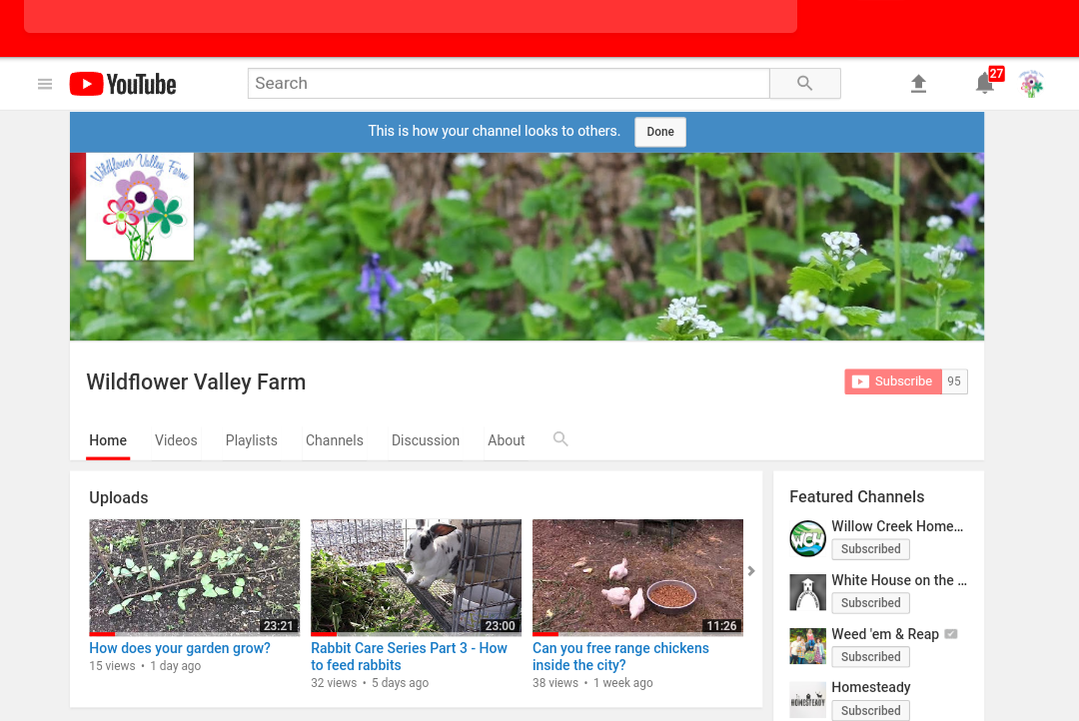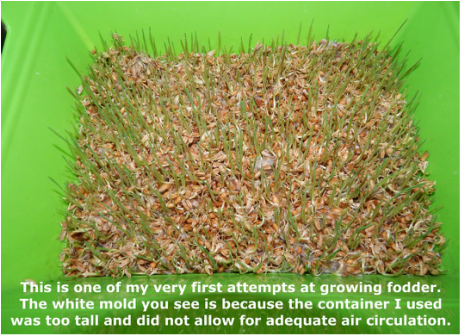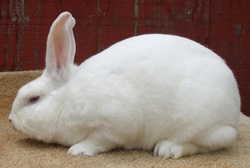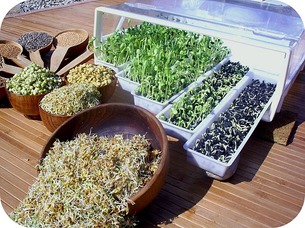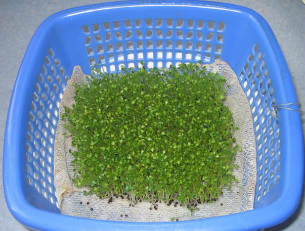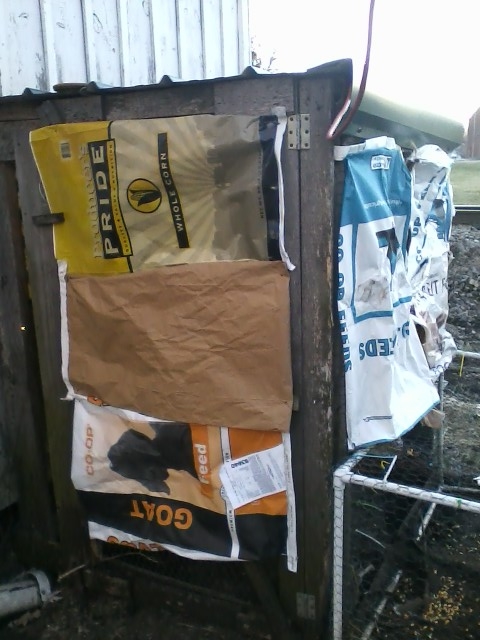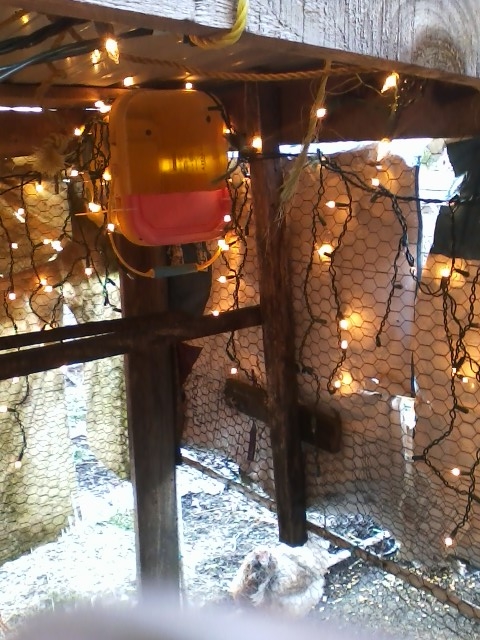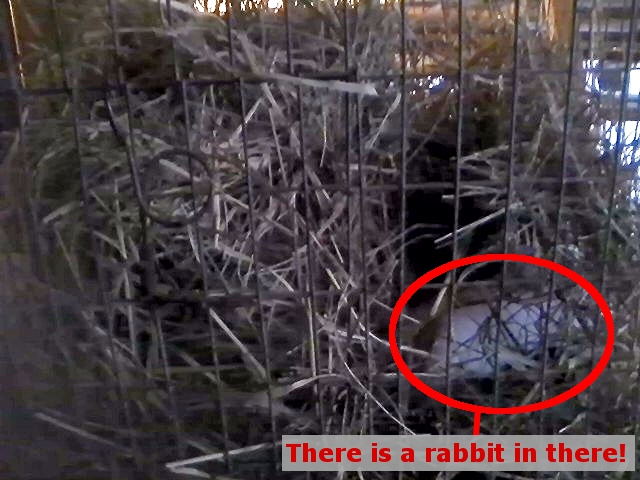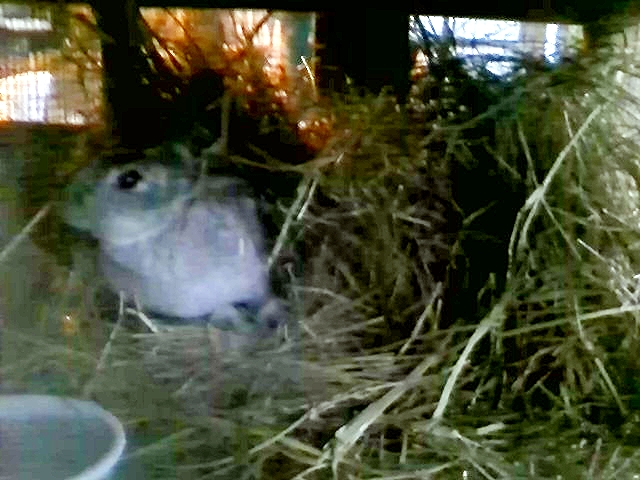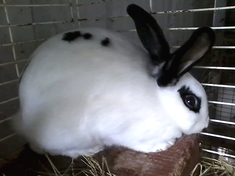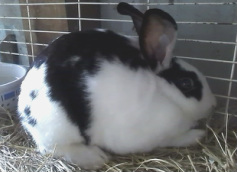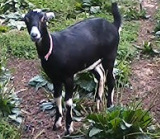How to plant tomatoes - https://youtu.be/z8Mf9FiIUHY
Keeping city chickens - https://youtu.be/-RjQoyszEdY
Gardening Updates - https://youtu.be/iXiRlGSApEM
Rabbit Care (a multi-part series):
https://www.youtube.com/playlist?list=PLPVM29FizjvPFwH3B9yuEF_6A6MCpU3Vw
And more!
If you enjoy these videos and want to see more like them, please subscribe to our YouTube Channel. After you have subscribed, if you click the bell icon that is beside the subscribe button, you can receive a notification directly from YouTube right away, each time I upload something new.
So head on over and check out what you've missed!

